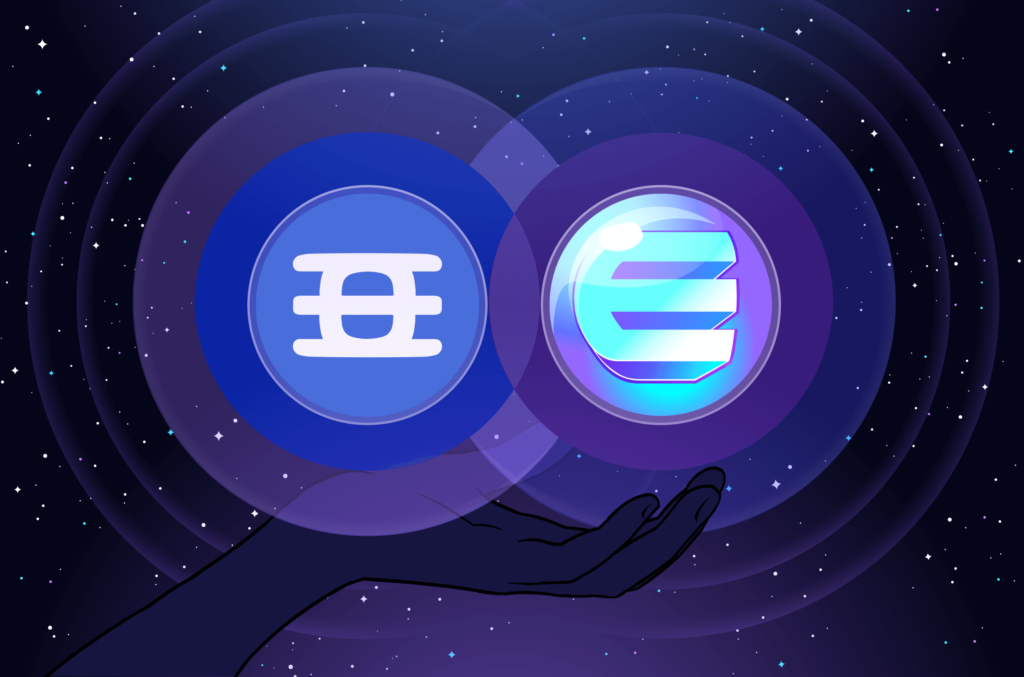Router Protocol successfully develops a Layer-1 Blockchain Interoperability

Router Protocol has happened to be successful in developing a Layer-1 blockchain. This was made possible with the efficient use of Cosmos’ Tendermint Consensus. This was done with the goal and intention of being able to properly address issues related to existing issues that arise in blockchain interoperability.
The router chain that has been developed will be properly utilized to resolve all issues related to safety and security and above all issues of upgradeability. All this will be possible to achieve with the help of the functionality of decentralization. The chain will also offer a modular and composable architecture in terms of true blue cross-chain dApps, which will be created in Web3.
The router, on its own, happens to open the doors to the lifting and merging of larger blockchains, such as happen to be Polygon, Ethereum, and non-EVM ecosystems. This is done by enabling the delegation of cross-chain transactions that do not need to be performed on-chain, such as voting, fee calculations, and more, to the router chain, which happens to play the role of a data aggregation layer.
It happens to be the framework of the router chain, which provides a parallel implementation of outgoing requests. Since the relayer network is permissionless, each app is able to execute its own custom relayer for processing outgoing requests. Therefore, the outgoing request from one app does not influence the outgoing request from any other.
The router chain happens to provide three layers of security, the first being the blockchain level. This comes from the underlying Byzantine Fault Tolerant Tendermint Consensus. The second layer happens to be the bridge layer, where all incoming, as well as outgoing requests, are authenticated.
In this scenario, orchestrators happen to use ECDSA (Elliptic Curve Digital Signature Algo). The third layer happens to be the application layer, where it is possible for dApps to have their own individual authenticators to sign the contract on the router chain, after which the data is handed off to the outbound module, along with the destination chain.
It is possible for cross-chain dApps created on Router Chain to be able to interact with just about any blockchain ecosystem. The framework of the router makes it possible to make state interactions between the contracts on one chain with another, with security aspects in place and in a decentralized manner. The dApps created using the router framework can write custom logic to initiate activities in response to the external changes.
A main function of the router chain happens to be customization. It is possible for metatransactions to be incorporated, which creates more ease of use. The chain also provides app-specific links, middleware contracts created using CosmWasm placed on the router chain, and logic for processing incoming requests from one chain. There are four frameworks linked to Web3 projects for adapting the interoperability requirements. They are the OmniChain framework, the CrossTalk framework, the Voyager Suite, as well as the Router Chain Core.






















